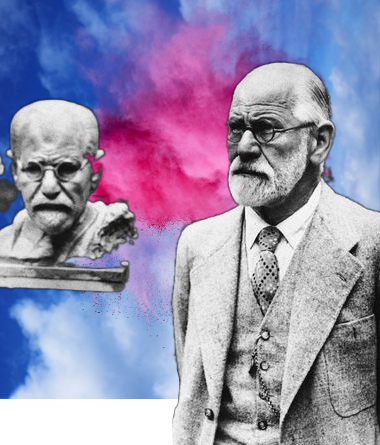Dream control could rest new treatments on PTSD patients
 Researchers have used electrical stimulation of the brain to induce “lucid dreaming”, a state in which the dreamer is aware and in control of their dream.
Researchers have used electrical stimulation of the brain to induce “lucid dreaming”, a state in which the dreamer is aware and in control of their dream.
It marks the first time that inducing brain waves of a specific frequency has produced the lucid dreaming state.
Scientists at the J.W. Goethe-University in Germany built on previous studies on the REM (rapid-eye movement) stage of sleep.
Electroencephalogram (ECG) readings have showed that lucid dreams are specifically different to others, as they are accompanied by telltale gamma wave electrical activity.
Gamma waves are linked to functions such as higher-order thinking and awareness of one’s mental state, but they were previously unheard of in sleep cycles.
Given that gamma waves appear to occur naturally during lucid dreaming, researchers sought to find what would happen if they induced a current with the same frequency as gamma waves in dreaming brains.
Electrodes were attached to the scalp in a technique called trans-cranial alternating current stimulation (tACS).
The 27 volunteers in the most recent experiment reported that they were aware that they were dreaming and were able to control the plot of their dream.
This would mean that some of the classic dream scenarios could be avoided, for instance by putting on clothes before speaking at a public event.
Some volunteers said they felt as if their dream self was a third party that they were observing externally.
The discovery could assists in the treatment of some PTSD sufferers, who may be able to change the outcome of disturbing dreams and distance themselves from recurring memories.








 Print
Print